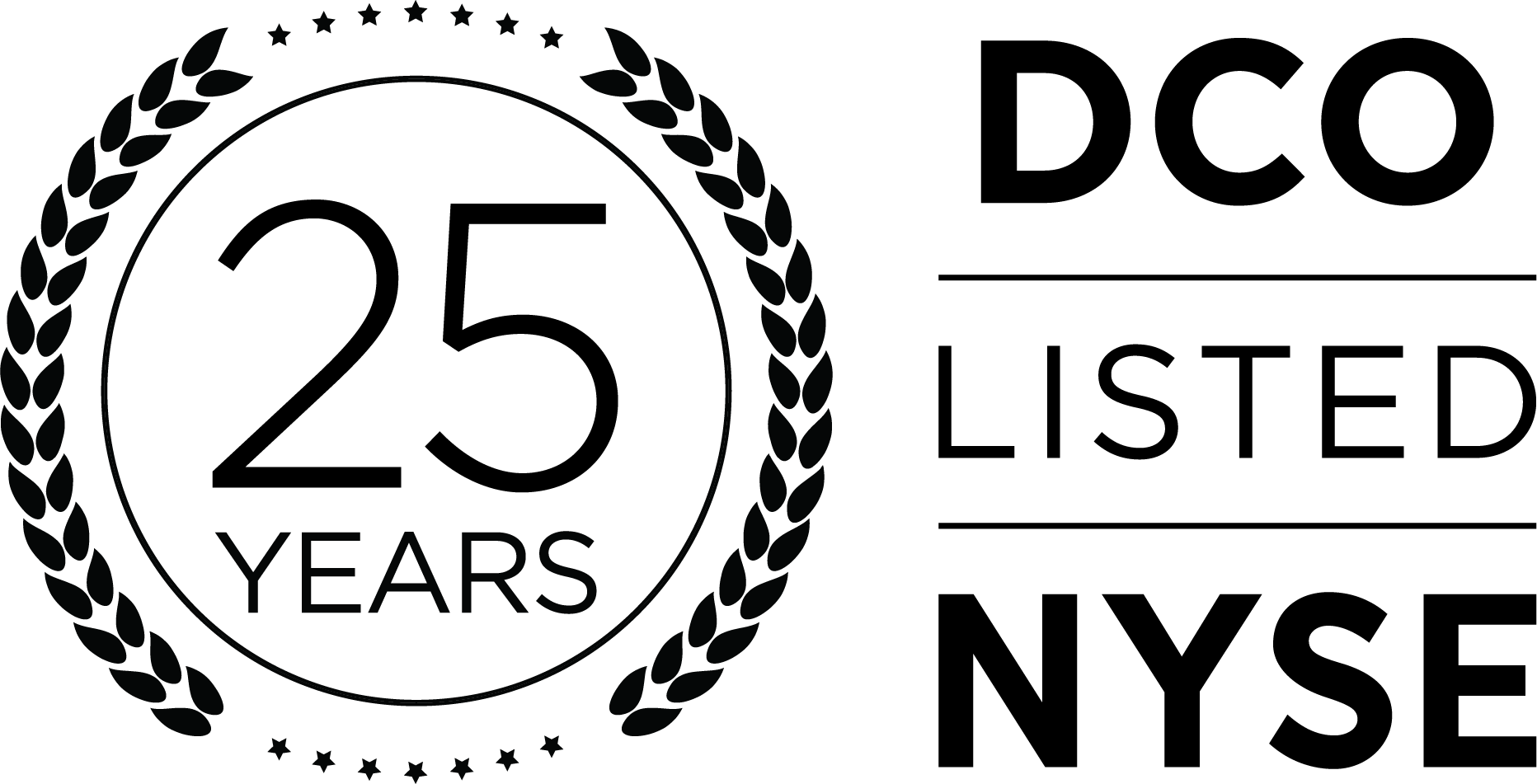Ducommun Incorporated Announces New $120 Million Credit Facility
LOS ANGELES, California (June 30, 2009) -- Ducommun Incorporated (NYSE:DCO) today announced that it has entered into a new, five-year $120 million unsecured revolving credit agreement with a syndicate of banks that will allow the Company to continue to execute its business strategies. The new revolving-credit facility replaces a $75 million unsecured credit
facility which was scheduled to mature on April 7, 2010. The new facility will mature on
June 30, 2014.
“The new credit facility provides us with significant borrowing capacity to execute our business plan and promote profitable growth with our expanding customer base,” said Joseph C. Berenato, chairman and chief executive officer. “Our ability to increase the size of the facility, while remaining unsecured and retaining the 5-year term, underscores the strong relationship we have with our banking group and their recognition of the sound financial discipline which we have employed to run our business. We expect to use this credit facility to continue to profitably grow Ducommun through both acquisitions and internal growth.”
The statements made in this press release include forward-looking statements that involve risks and uncertainties. The Company's future financial results could differ materially from those anticipated due to the Company's dependence on conditions in the airline industry, the level of new commercial aircraft orders, production rates for Boeing commercial aircraft, the C-17 and Apache helicopter rotor blade programs, the level of defense spending, competitive pricing pressures, manufacturing inefficiencies, start-up costs and possible overruns on new contracts, technology and product development risks and uncertainties, product performance, risks associated with acquisitions and dispositions of businesses by the Company, increasing consolidation of customers and suppliers in the aerospace industry, possible goodwill impairment, availability of raw materials and components from suppliers, and other factors beyond the Company's control. See the Company's Form 10-K for the year ended December 31, 2008 and Form 10-Q for the quarter ended April 4, 2009 for a more detailed discussion of these and other risk factors and contingencies.
###
“The new credit facility provides us with significant borrowing capacity to execute our business plan and promote profitable growth with our expanding customer base,” said Joseph C. Berenato, chairman and chief executive officer. “Our ability to increase the size of the facility, while remaining unsecured and retaining the 5-year term, underscores the strong relationship we have with our banking group and their recognition of the sound financial discipline which we have employed to run our business. We expect to use this credit facility to continue to profitably grow Ducommun through both acquisitions and internal growth.”
The statements made in this press release include forward-looking statements that involve risks and uncertainties. The Company's future financial results could differ materially from those anticipated due to the Company's dependence on conditions in the airline industry, the level of new commercial aircraft orders, production rates for Boeing commercial aircraft, the C-17 and Apache helicopter rotor blade programs, the level of defense spending, competitive pricing pressures, manufacturing inefficiencies, start-up costs and possible overruns on new contracts, technology and product development risks and uncertainties, product performance, risks associated with acquisitions and dispositions of businesses by the Company, increasing consolidation of customers and suppliers in the aerospace industry, possible goodwill impairment, availability of raw materials and components from suppliers, and other factors beyond the Company's control. See the Company's Form 10-K for the year ended December 31, 2008 and Form 10-Q for the quarter ended April 4, 2009 for a more detailed discussion of these and other risk factors and contingencies.
###
